UK PMI manufacturing rose to 54.4 in May, up from 53.9 and beat expectation of 53.5. Markit noted in the release that output growth ticks higher despite slower expansion of new work received. And, supply-chain constraints and cost pressures intensify.
Rob Dobson, Director at IHS Markit, which compiles the survey:
“At first glance, the mild acceleration in the rate of output growth and rise in the headline PMI would appear positive outcomes given the backdrop of the slowdown seen in manufacturing since the turn of the year. However, scratch beneath the surface and the rebound in the PMI from April’s 17-month low is far from convincing.
“A slowdown in new order inflows meant the expansion in production was achieved only by firms working through their backlogs of work. Weaker than expected sales meanwhile led to the largest rise in unsold stock in the survey’s 26-year history. This suggests that manufacturers have yet to fully adjust their production to the weakening trend in new business growth and there will need to be a rapid improvement in demand if output volumes are to be sustained in the coming months.
“Manufacturers will also likely be constrained if the resurgence in both cost inflation and supply-chain pressures becomes more firmly embedded. Input price inflation accelerated for the first time since January as general cost increases, often linked to higher oil prices, were exacerbated by shortages of certain inputs. Average vendor lead times – a key bellwether of supply-side constraints – lengthened to the greatest extent during 2018 so far. These price and supply headwinds, combined with a further slowdown in new order growth, could jeopardise any further expansion of the manufacturing sector.”
Full release here.




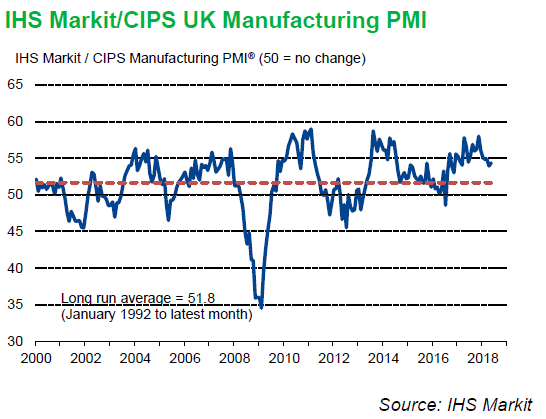
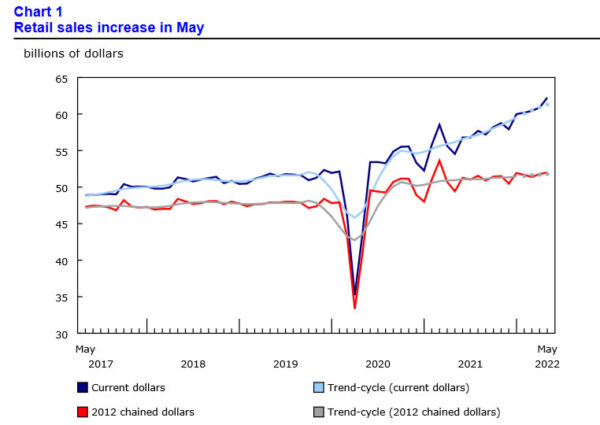
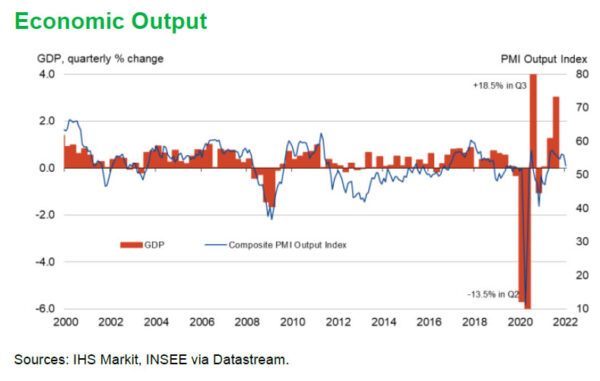
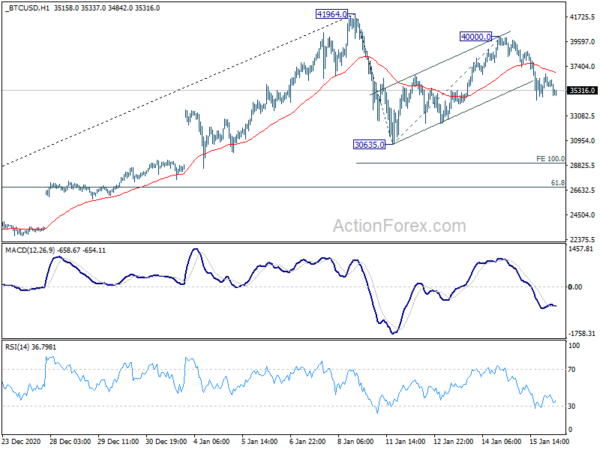
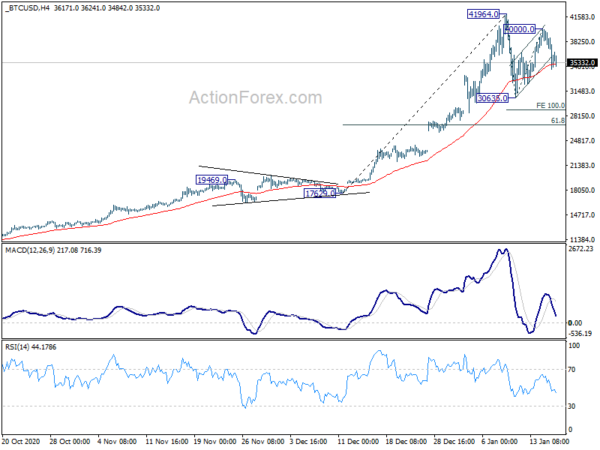
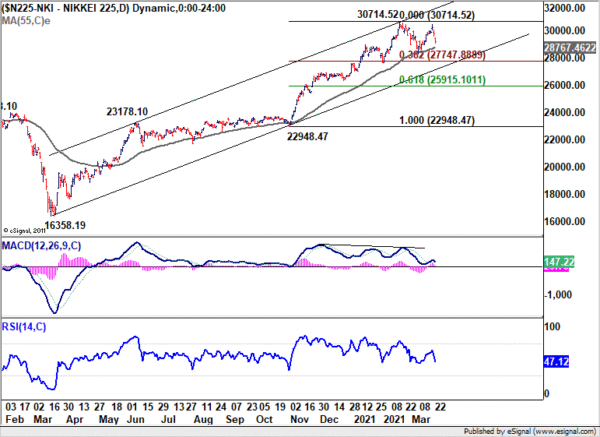
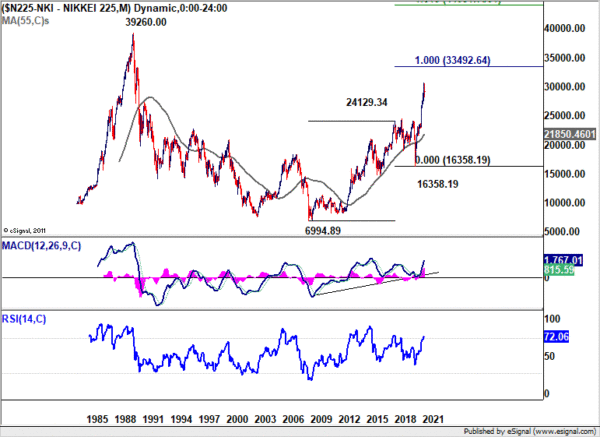
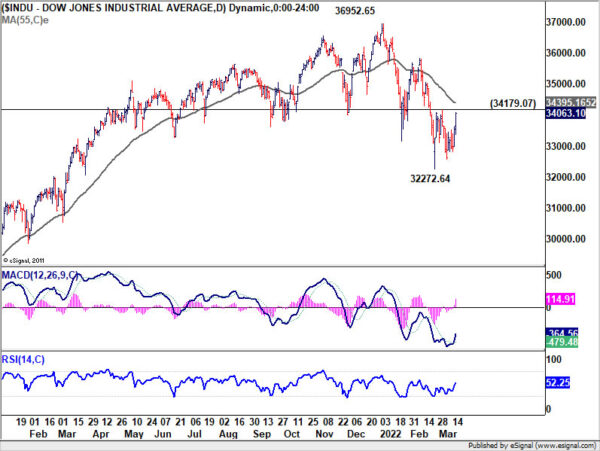
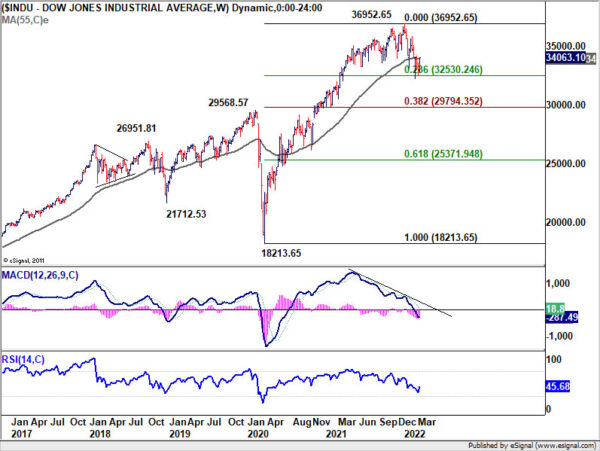

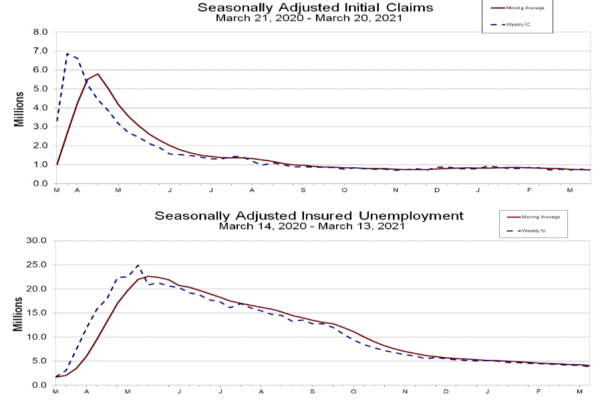

Japan household spending rose 4% yoy in May, highest in four years
Japan overall household spending rose 4.0% yoy in May, well above expectation of 1.40% yoy. That’s the fastest pace in four years since May 2015. The results argued that pickup in consumption could help offset some weakness in external demand in Q2.
However, spending ahead could be weighed down by sluggish wage growth ahead. Sentiments could also weaken on uncertainty over economic outlook, due to trade war. Additionally, the scheduled sales tax hike could also have negative impacts on spending.
For now, Prime Minister Shinzo Abe is holding on to the plan to raise sales tax to 10% this October.